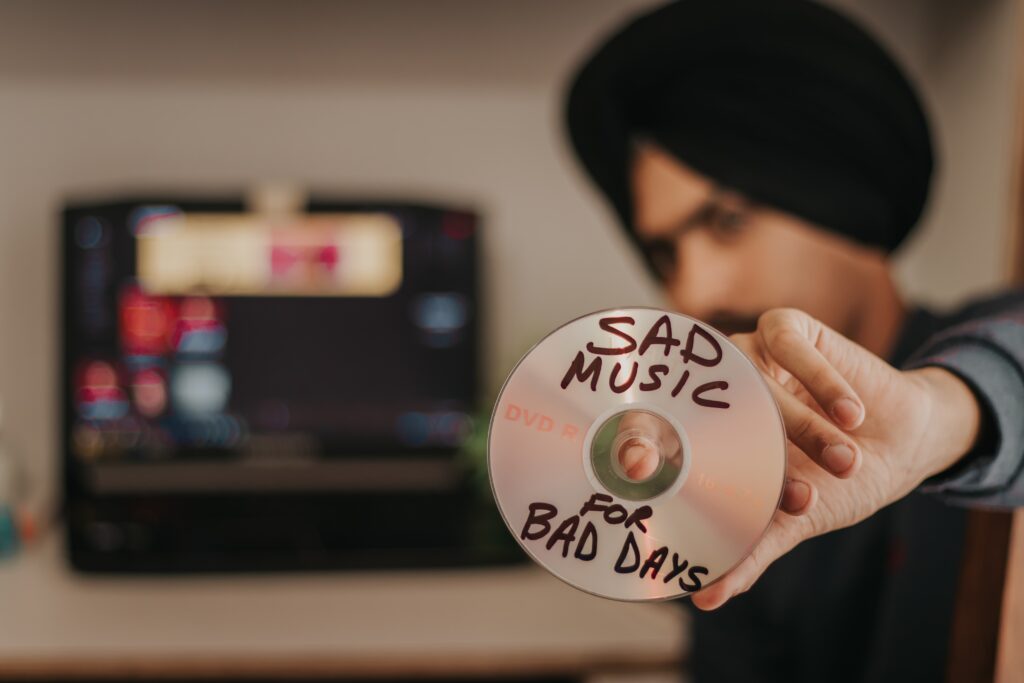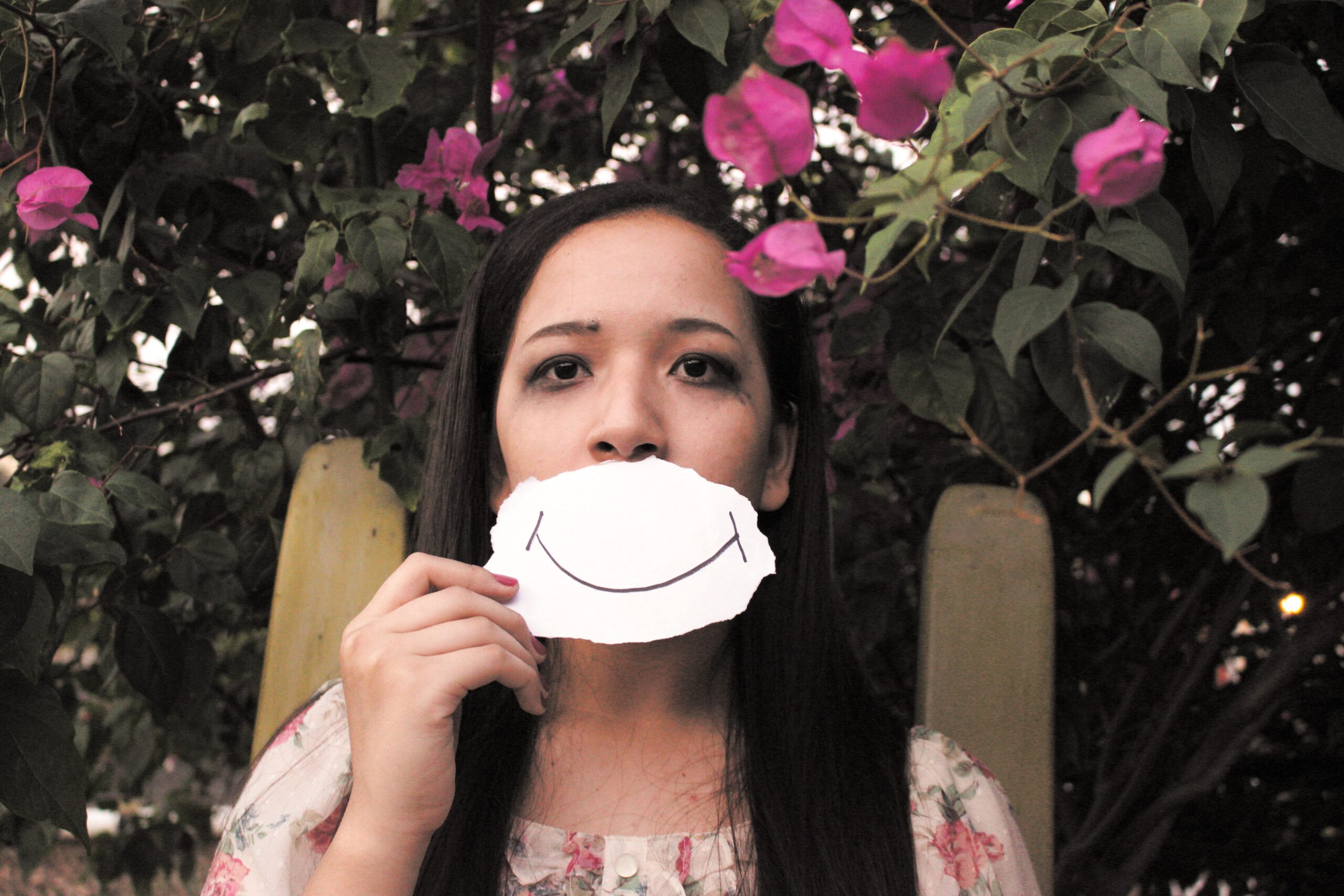“I felt like I was in a stranglehold each payday. After a while, I thought, ‘I’m never going to get off this merry-go-round. I wish I’d never gotten these loans.” -Anita Monti
Anita Monti walked through the doors of an Advance America payday lending outfit with the sole objective of solving a challenge any grandmother may have – giving her grandkids the best Christmas possible.
As explained by The Center for Responsible Lending, Anita’s acceptance of the payday lending outfit’s disingenuous offer of financial assistance cost her almost $2,000 she couldn’t afford to lose, not to mention weeks and months of financial – and worse than that, psychological – stress.
“I needed the cash to get through the week. It didn’t cross my mind that I was borrowing back my own money.”
Rising costs are drowning consumers in debt
According to CNN Business, in the spring of 2022, Mississippi Center for Justice’s legal assistant Yumekia Jones has taken an overwhelmingly high amount of phone calls – about a 400 percent increase – from consumers experiencing severe financial instability and finding themselves in dire need of assistance.
Understand, most consumers tend not to wake up in the morning expecting their trip to a predatory payday lender to be the highlight of their month. In fact, according to a Pew Research report in April 2017, 70 percent of payday loan borrowers believe such consumer loans should be more regulated, and eight in 10 claim they would prefer to borrow from financial institutions like a credit union if they were likely to be approved. Ninety percent would do so if the loan cost six times less than those of predatory payday lenders.
As the findings in that Pew report clearly indicate, payday lending customers strongly favor loan reform, and support steps that encourage lower-cost loans like mainstream financial institutions such as credit unions. But most consumers want to avoid payday lenders entirely, lenders who claim to offer “QUICK CASH!” against the consumer’s future paycheck with an additional national interest rate average of about 400 percent. Factoring in the ever-rising costs of consumables, fuel, and housing, families are feeling boxed in with no other choice.
Inflation reached a 40-year high in mid-2022 while unemployment dropped to almost a half-century low. According to most economists, those two opposing economic conditions mean significant trouble. For predatory payday lenders, however, gold has just been struck — gold in the form of financial instability and grief from normal, everyday working Americans.
“Low unemployment plus inflation generally mean consumers may need loans for additional capital to manage through unexpected spikes and expenses while earning money to pay back these loans,” said David Fisher, CEO of payday lender Enova during an earnings call, according to CNN Business. Fisher also claims Enova has “meaningfully leaned into the demand with our marketing efforts”, in other words directing more capital into attracting more financially unstable consumers. The result? About 44 percent of all loans were provided to new consumers in the last quarter.
That rise in first-time customers just happened to come about as U.S. consumer inflation reached its highest level in the last 40 years and working Americans are struggling to put food in front of their families and fuel in their cars.
Living “paycheck–to-gas tank”
According to Statista, as of July 8, 2022, the average gallon of regular gas in the U.S. currently stood at $4.72, having dropped from a high of $5.02 on June 18. The high is a 62 percent increase since 2021, coming just as many employers are requiring the nation’s workers to return to in-office schedules.
The cards are stacked against working Americans. Among these many lower-income, underserved individuals who typically find themselves depending on predatory payday lenders – and for whom the federal minimum wage still stands at an insultingly impractical and unsustainably low $7.25 per hour – it’s estimated they have to labor 14 hours just to fill their gas tanks.
Considering those circumstances, it’s a can’t-win situation when two-thirds of Americans are currently living paycheck-to-paycheck, according to CNBC. Among this underserved population segment, that statistic jumps to 82 percent for those earning less than $50,000. Yet for these distressed and underserved consumers, predatory payday lenders can always be found, waiting to take advantage. Their small dollar loan amounts, typically between $100 to $1,000, are available in more than half the country’s neighborhoods, with little accountability and few regulatory stipulations.
Alex Horowitz, senior officer for Pew Research’s consumer finance project, says that while current statistics have yet to be released that track the number of payday loans issued, past trends indicate there has likely been an increase in borrowing. “Our survey data shows that about 70 percent of payday loan borrowers use the loan primarily for routine expenses and to cope with increased or volatile expenses.”

Inflation or debt trap? The underserved get both
Predatory payday loans are both often predictably and extremely expensive, but consumers either fall short of the financial literacy skills to understand better financing options or believe other choices aren’t available.
As of 2022, there is no federal minimum interest rate on payday loans, and it’s currently each individual state’s decision and responsibility to establish their own rate caps or to offer them at all. In the 32 states that allow payday lending, their average annual interest rates range from 200 percent in Minnesota to 664 percent in Texas.
Right in line with predatory payday lenders’ playbook, customers often fail to collect the funds to repay the initial loan within the short window they were given, typically between two to four weeks. What to do? They have to double-down and take out another loan. And again. And again. And again.
What results is a vicious and predatory cycle of debt of which is, financially and emotionally, very difficult to escape. According to the Consumer Financial Protection Bureau (CFPB), almost one in four customers take out NINE or more additional loans just to cover the ones they couldn’t pay.
Studies show customers of payday lending outfits are set up to fail. Lenders’ entire business models depend on customers’ fundamental inability to pay back the product they sell. In fact, those same studies show that Black and Latinx communities are disproportionately targeted by these predatory payday lenders. The state of Michigan’s average payday loan interest rate comes in at 370 percent, with an average of 7.6 payday lending outfits per 100,000 residents in the areas where the population is more than a quarter Black and Latinx. According to data from the CRL, that’s 50 percent more than other regions in the state.
The payday lenders continuously claim their astronomically high APRs are necessary due to the high risk of default. But consumer advocates believe this narrative to be false or outright misleading.
Even Acting Associate Director for the CFPB Dave Uejio spoke up in a 2021 blog post expressing concern about the repeal of the 2017 rule change that required predatory lenders to evaluate applicants’ ability to repay their loans. Uejio said he certainly has a problem with “any lenders’ business model that is dependent on consumers’ inability to repay their loans.”
The senior policy and litigation council for the CRL, Nadine Chabrier, was quoted in CNN Business saying payday lenders’ claims of high APRs being necessary are outright false. “There are 18 states and the District of Columbia that have banned payday loans and have survived just fine without any predatory lending products. There are fair and responsible lending products that have low interest rates and fees that are available and that people can use.”
Understanding your credit union members in financially unstable times
Since its beginning in June 2021, Morning Consult’s scores tracking the financial well-being of the average U.S. adult has dropped 1.55 points (from 51.82 to 50.27 in April 2022), with several other segments that were already experiencing low financial wellness seeing more severe drops: women (down 2.31 points), households earning less than $50,000 annually (down 2.25 points), and Hispanic adults (down 1.92 points).
What those numbers are saying is financial wellness is currently dropping among all U.S. adults.
With consumers’ financial well-being already drained by the lingering effects of COVID, they now find themselves taking on even more dead weight with decades-high inflation. Amidst multiple volatile economic market conditions and exhausted consumer sentiment, financial service providers and their partner credit unions must look beyond the overall, large-scale indicators to understand more intimately how their members relate to or experience those financial challenges in their own lives. How can your staff help your members construct a financial plan that will lift them out of their current situation?
One way to start doing that is by establishing a partnership with QCash to give your members digital access to a life event loan when they find themselves with more month than money. QCash can provide the funds your members need, day or night. In just 60 seconds the funds are deposited immediately into members’ waiting accounts. There’s no credit check, and nothing more than a mobile device or computer to complete the super-simple process. If you’re interested in a free demo, just click here!






